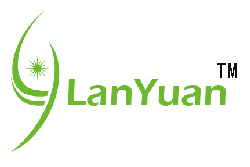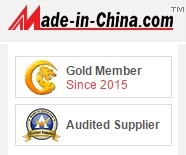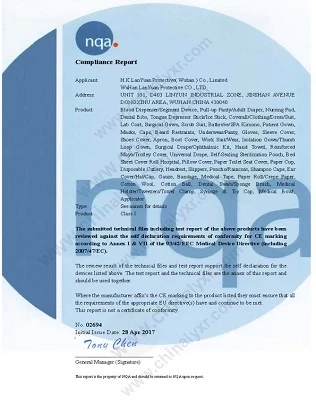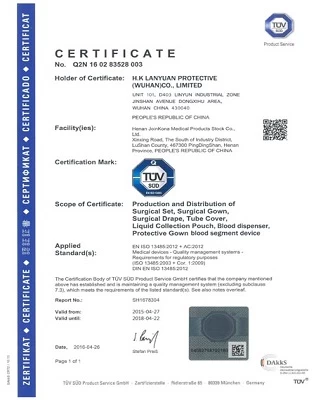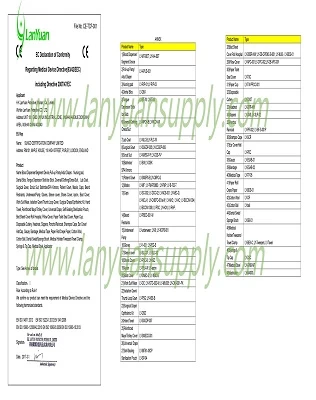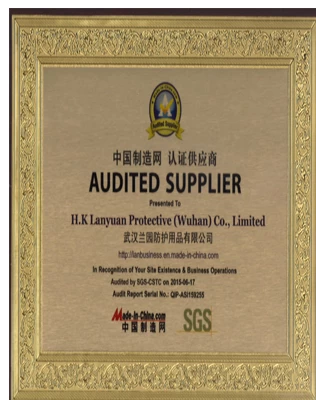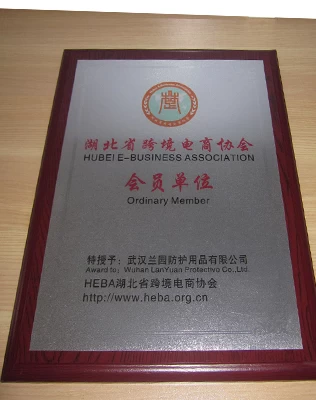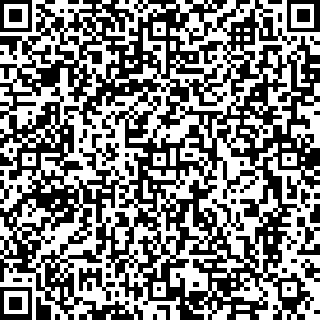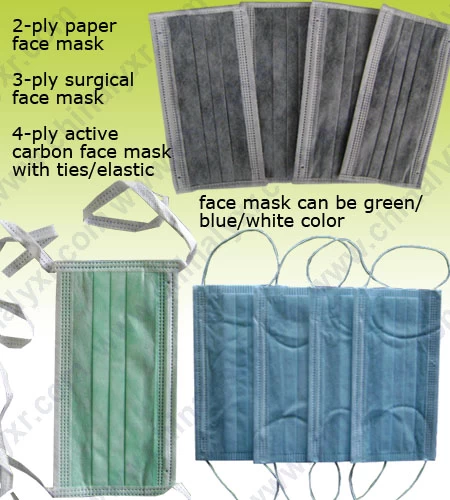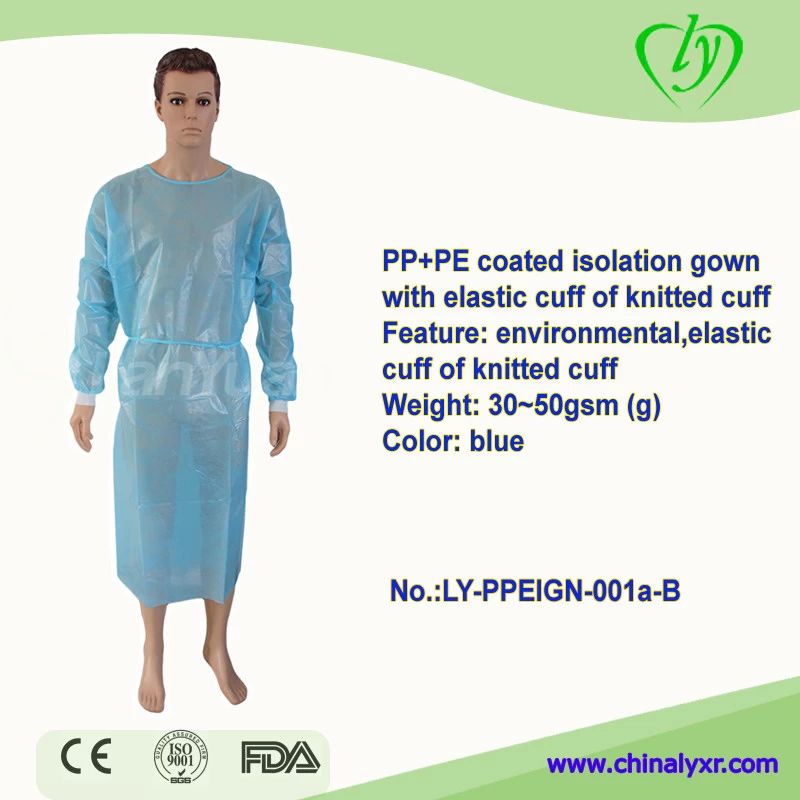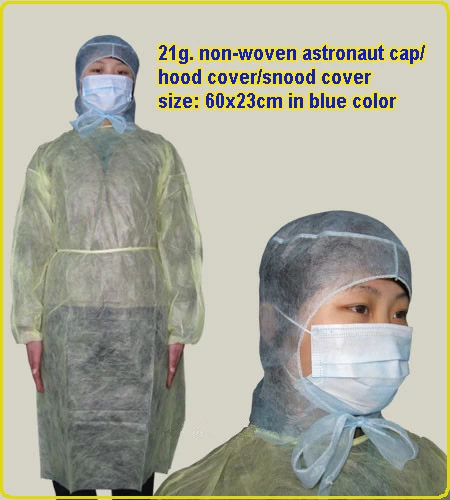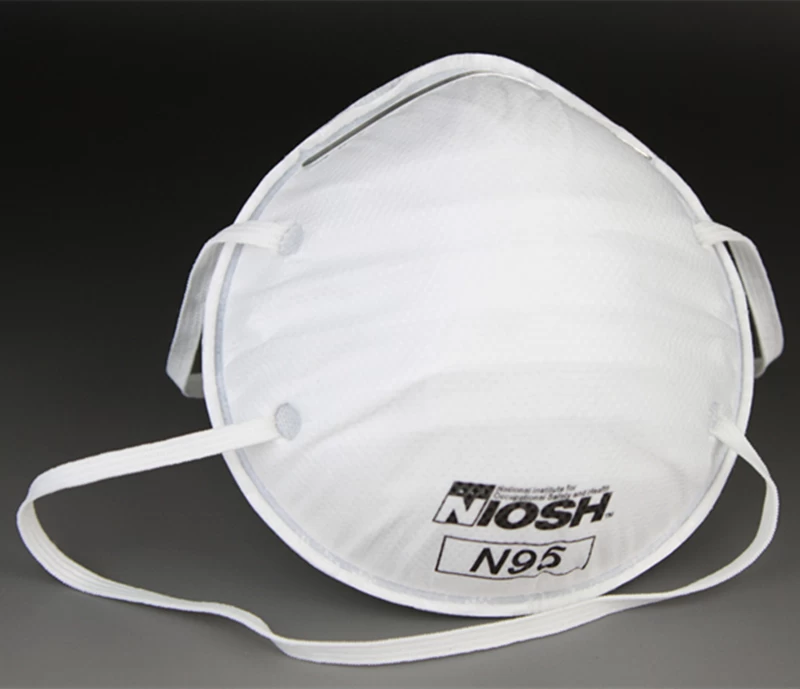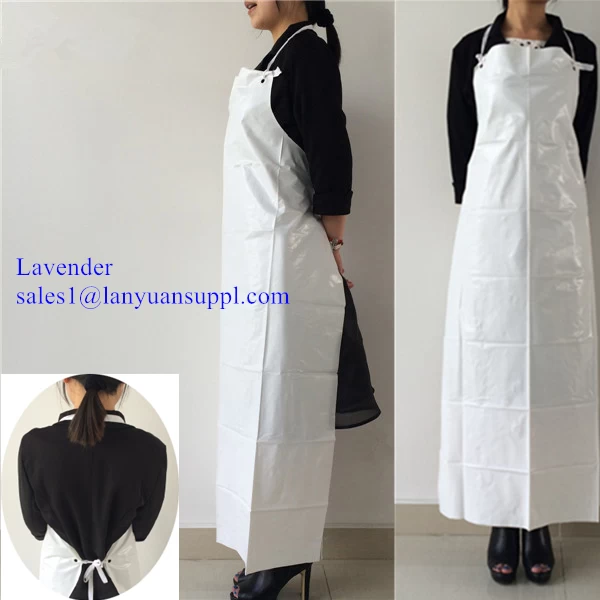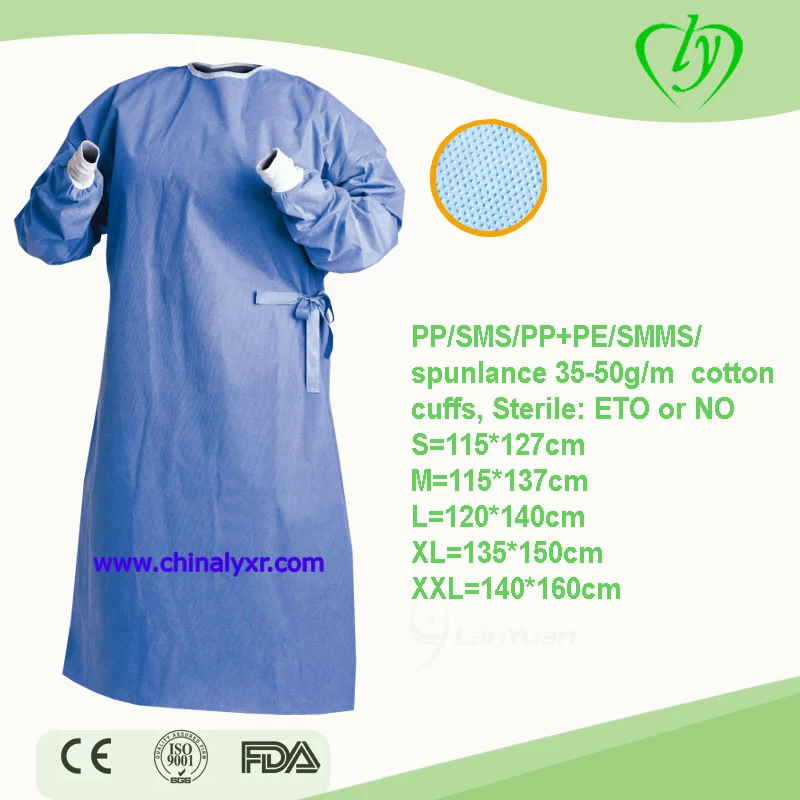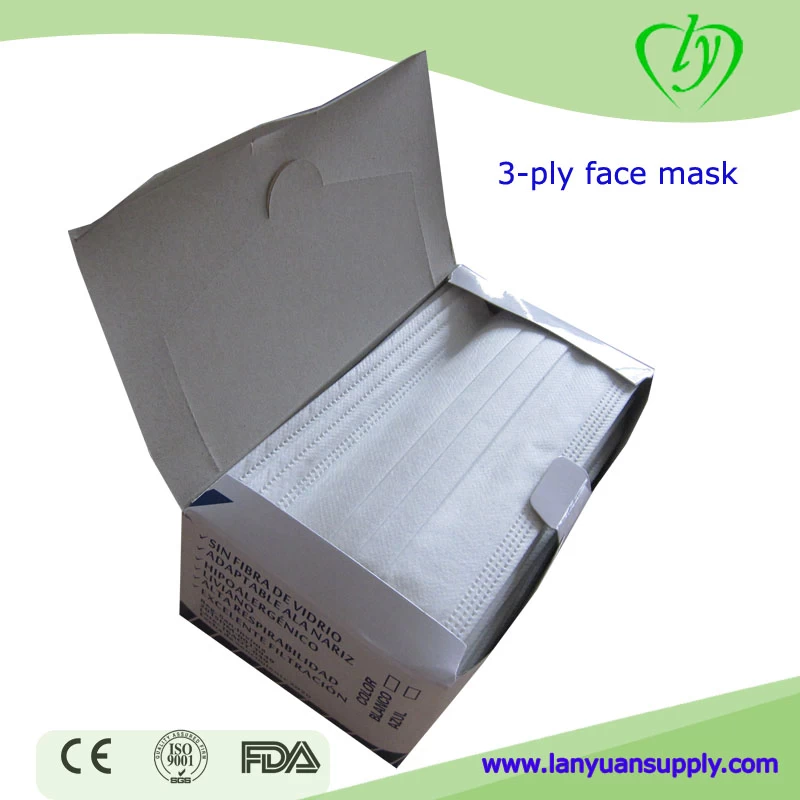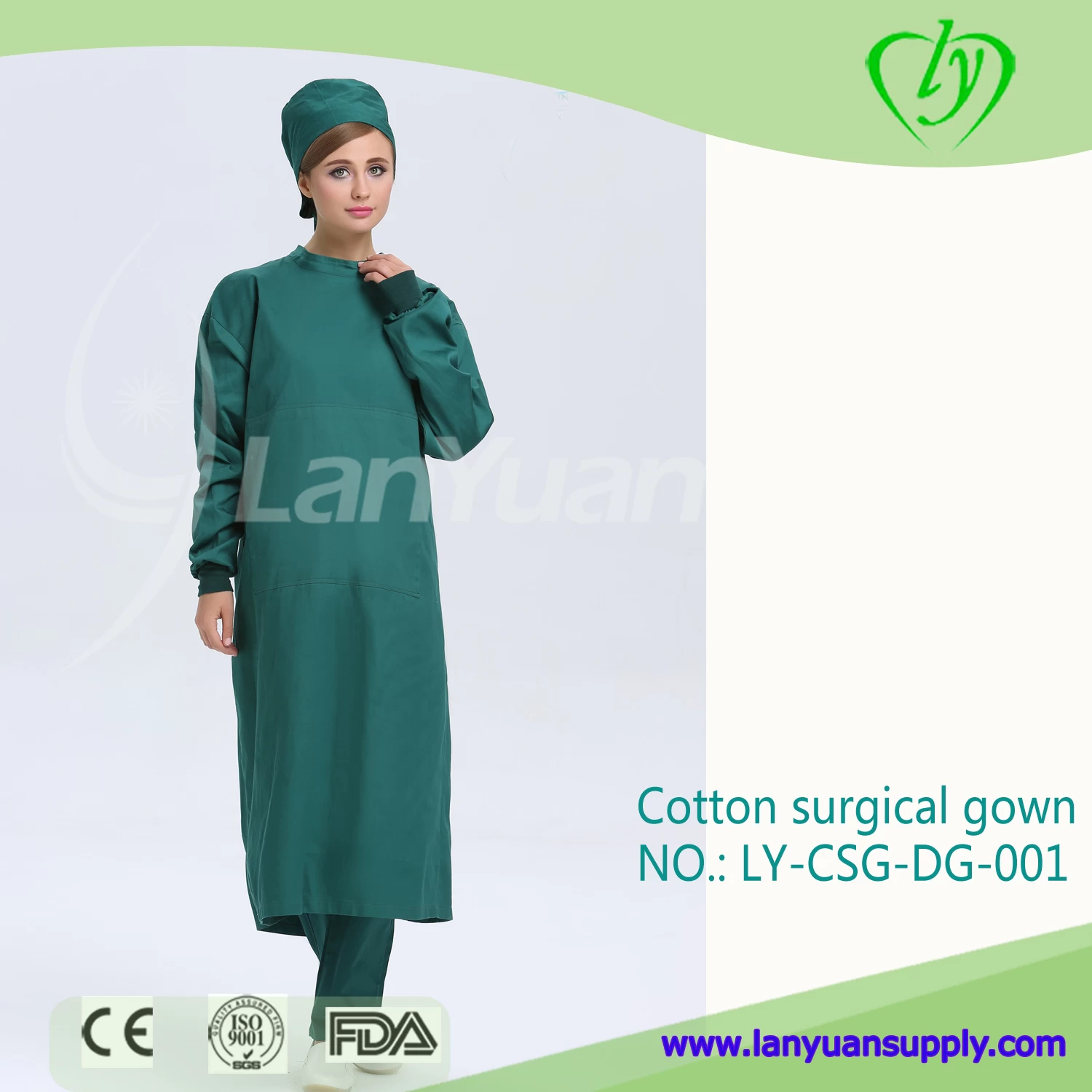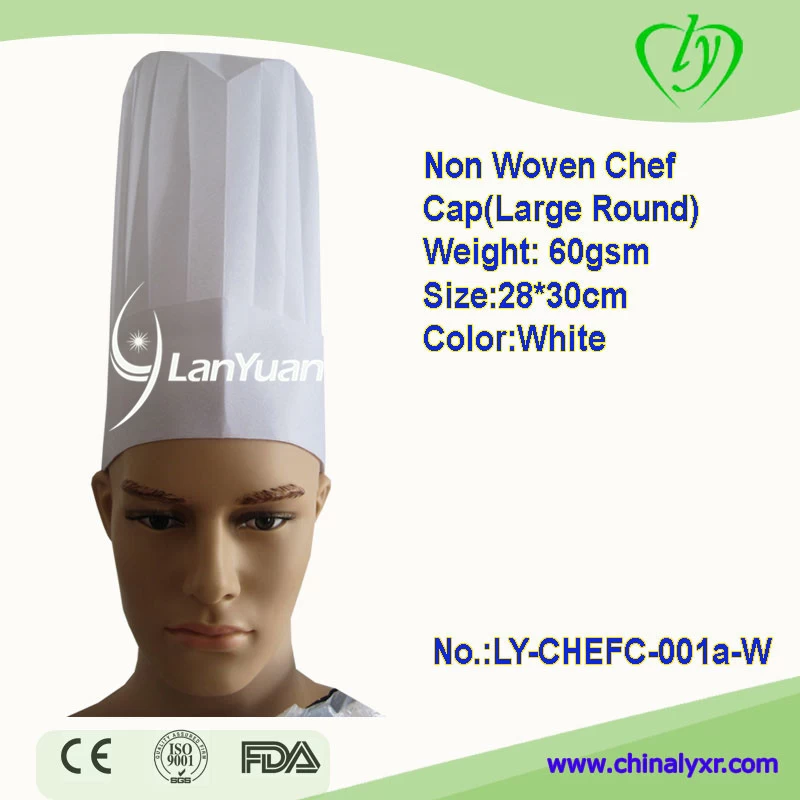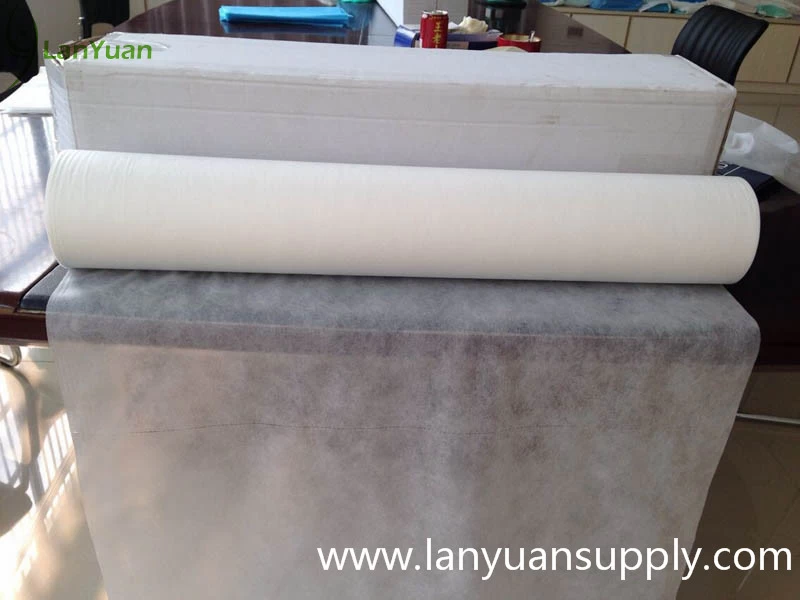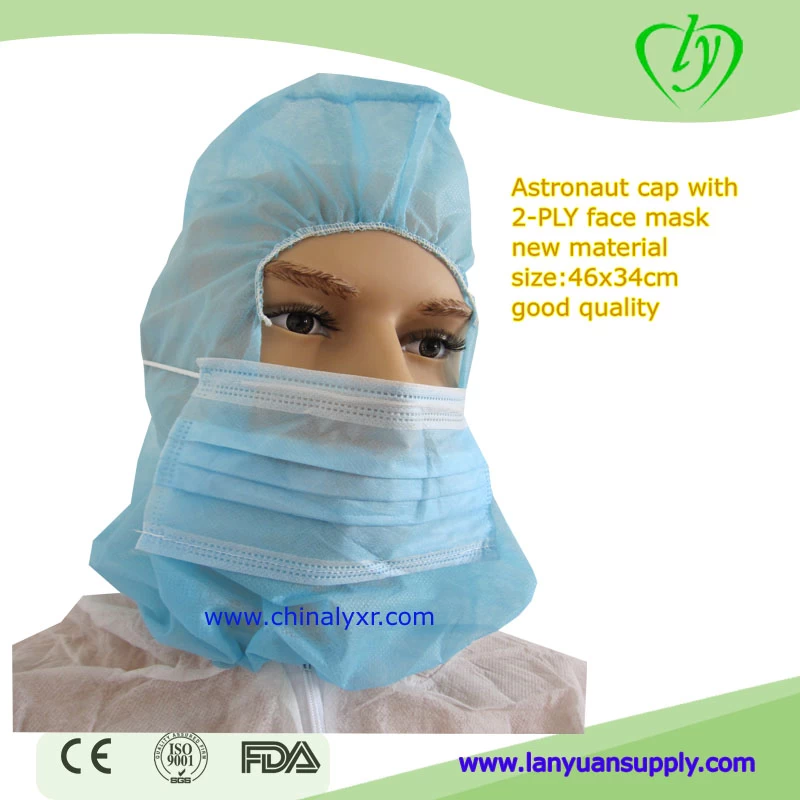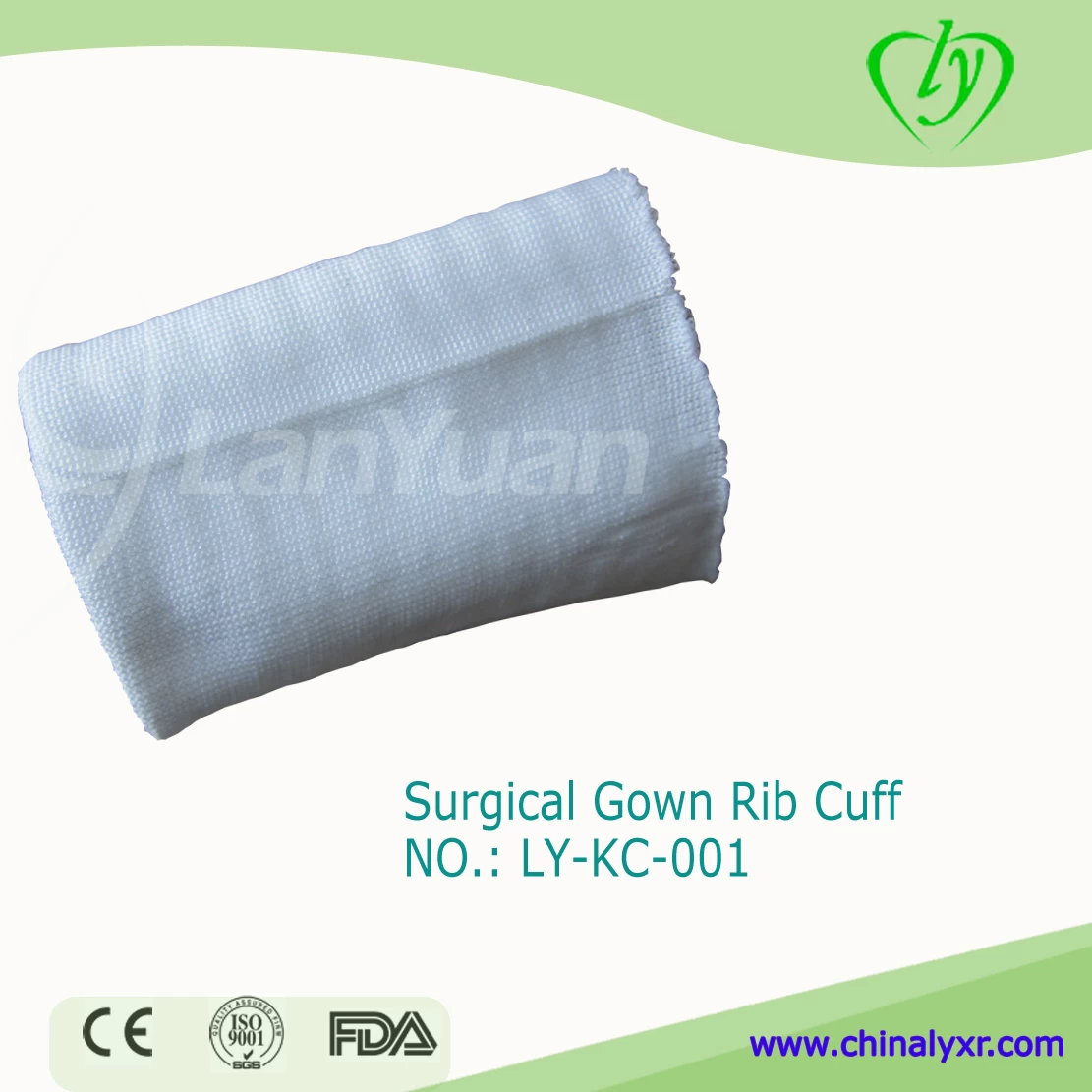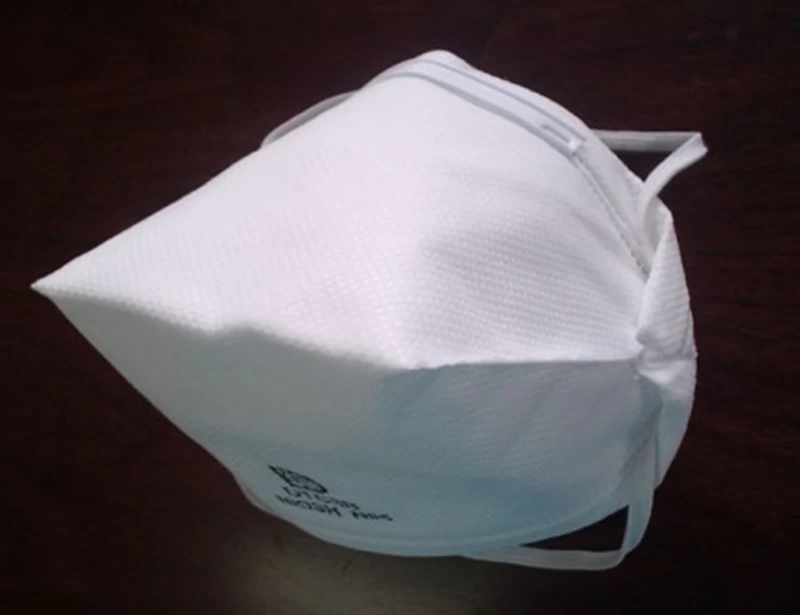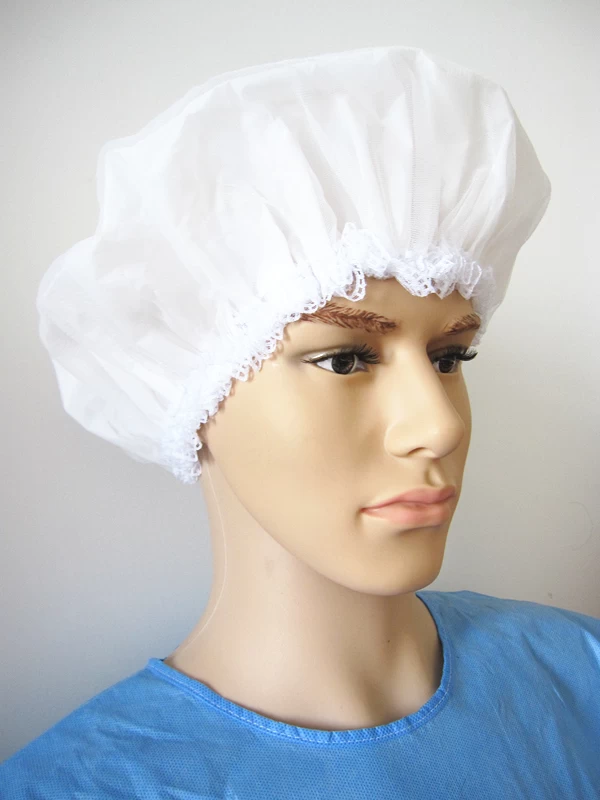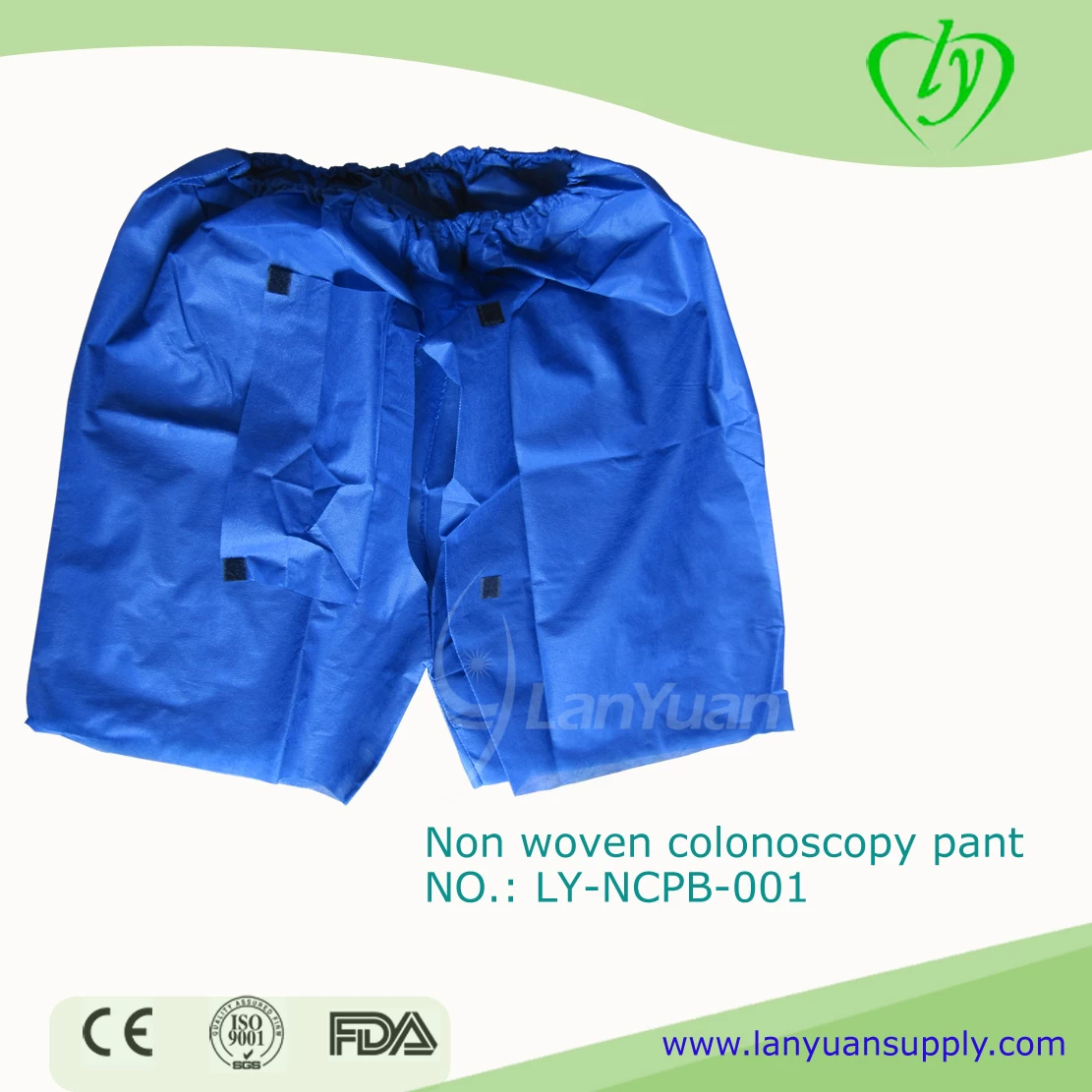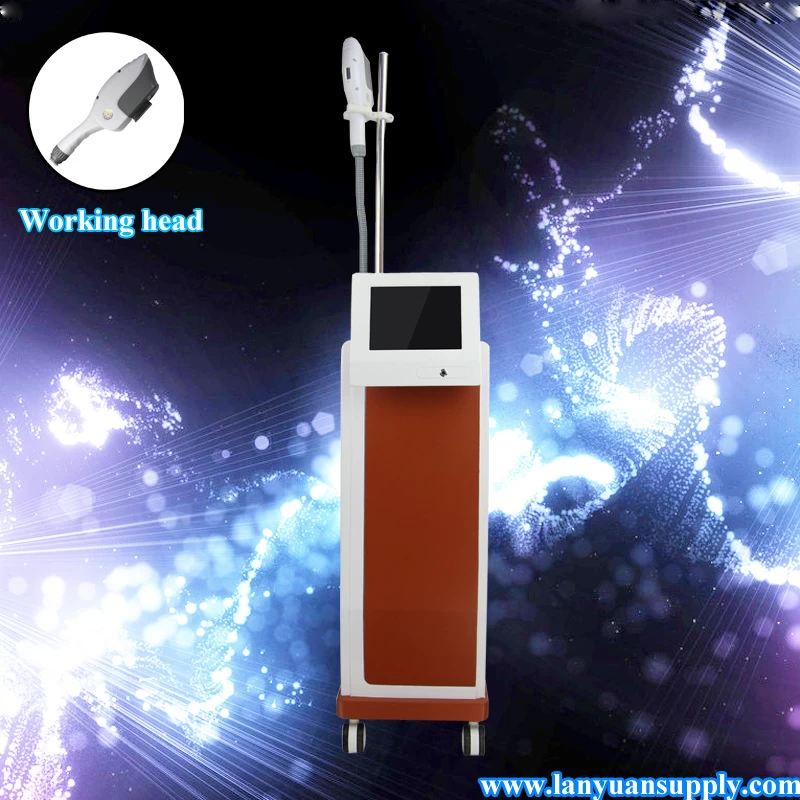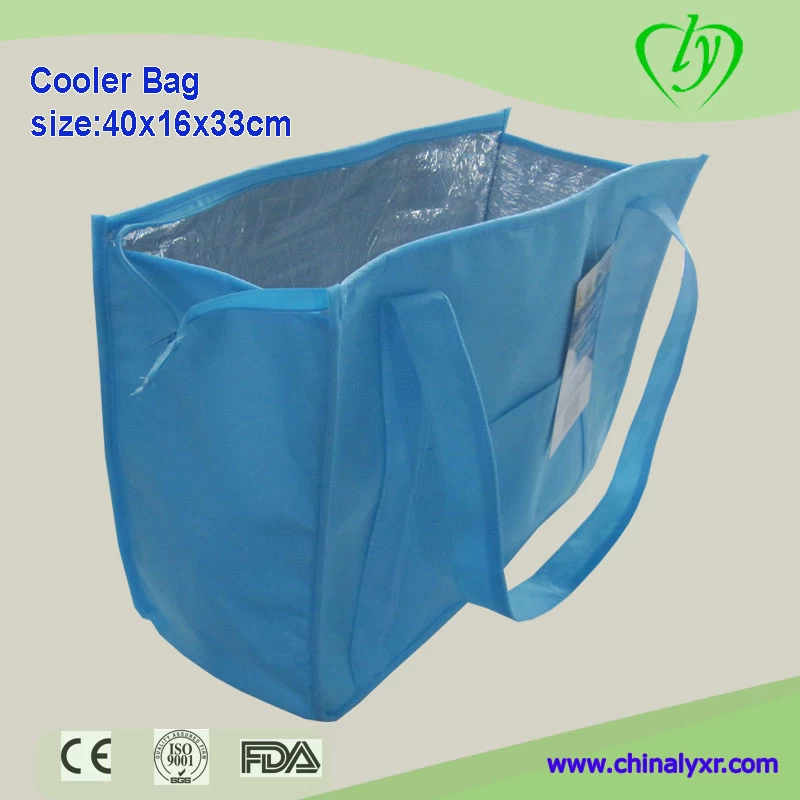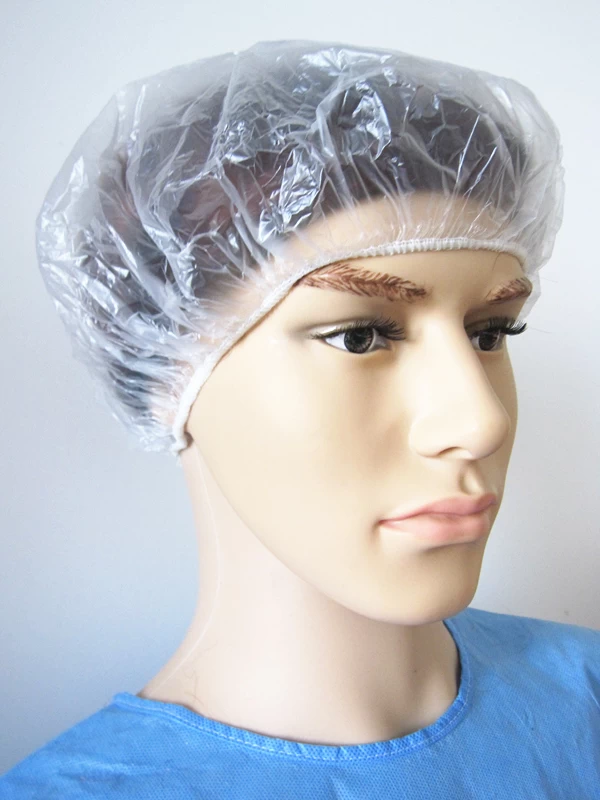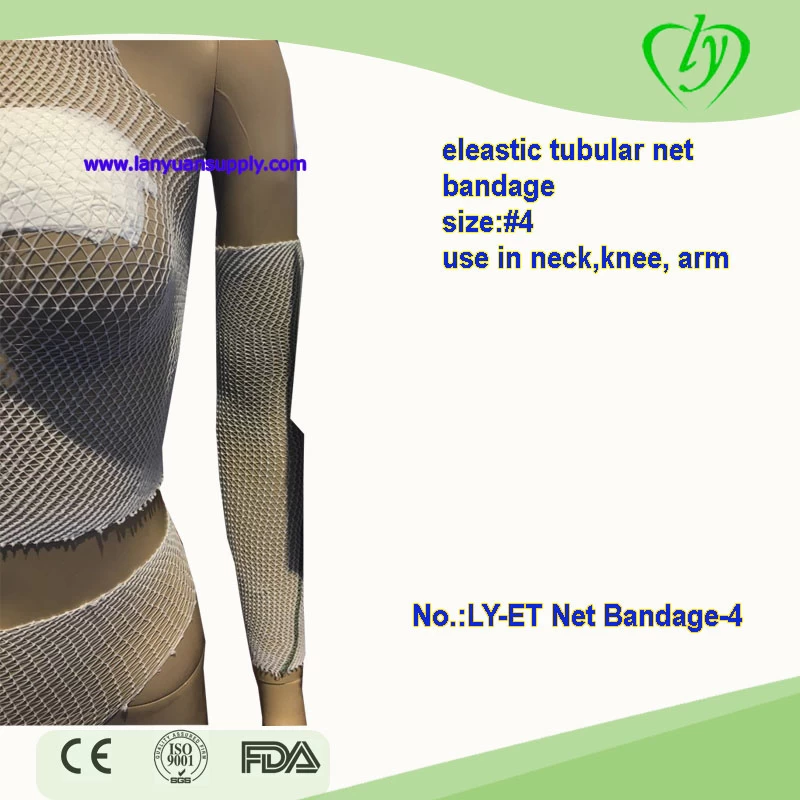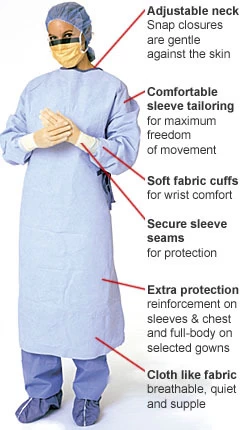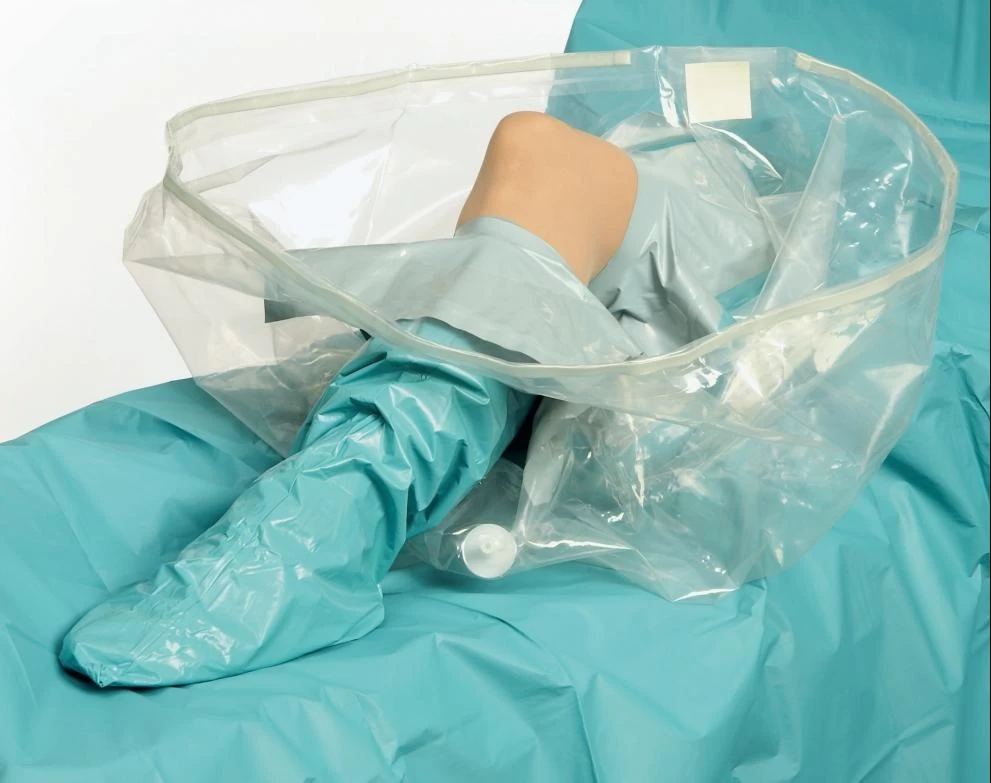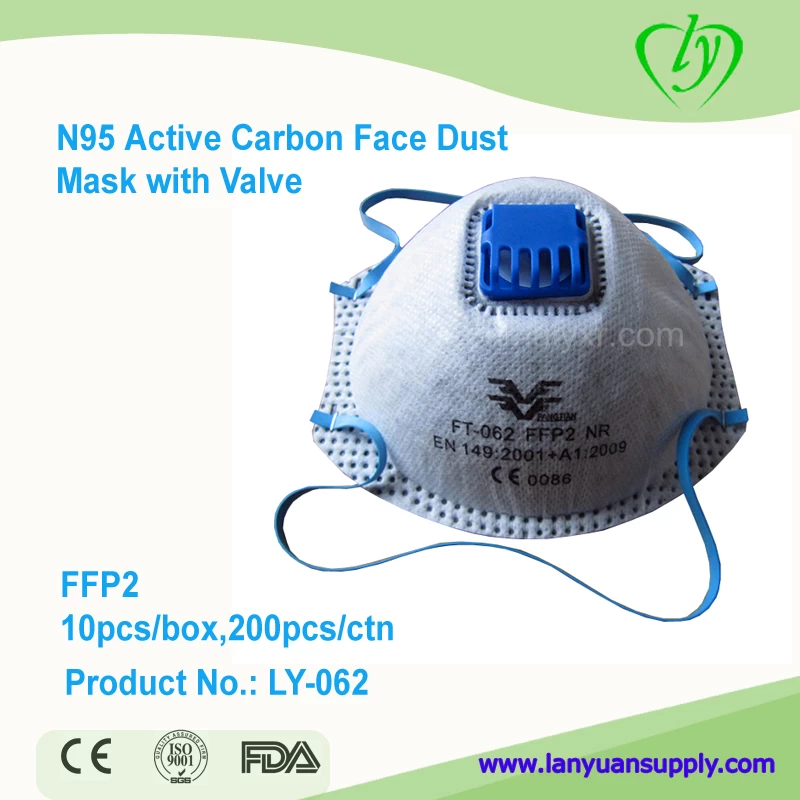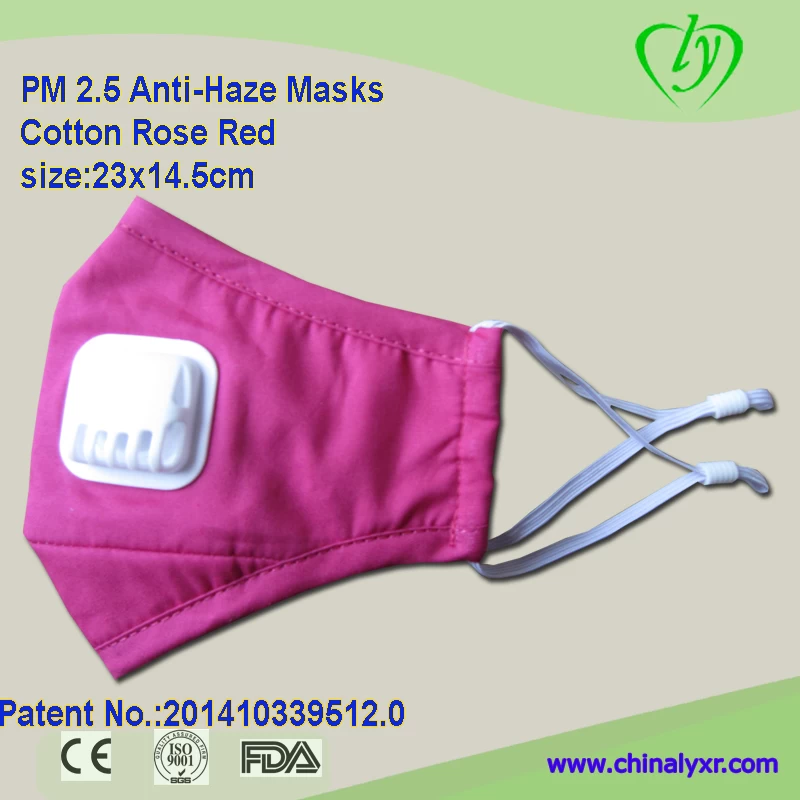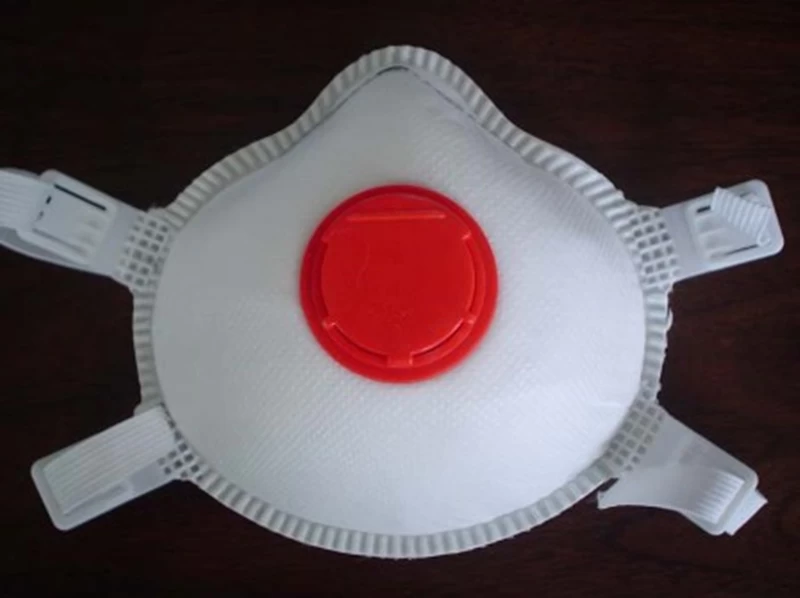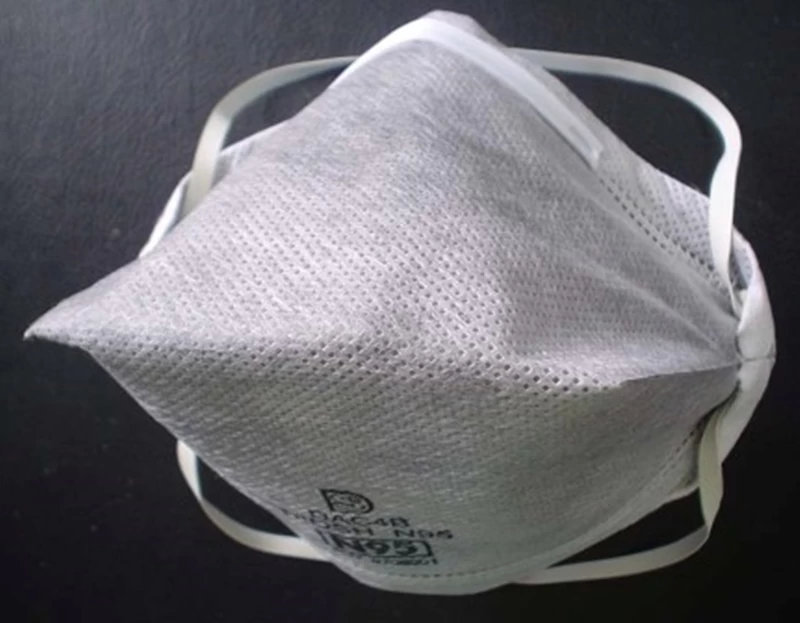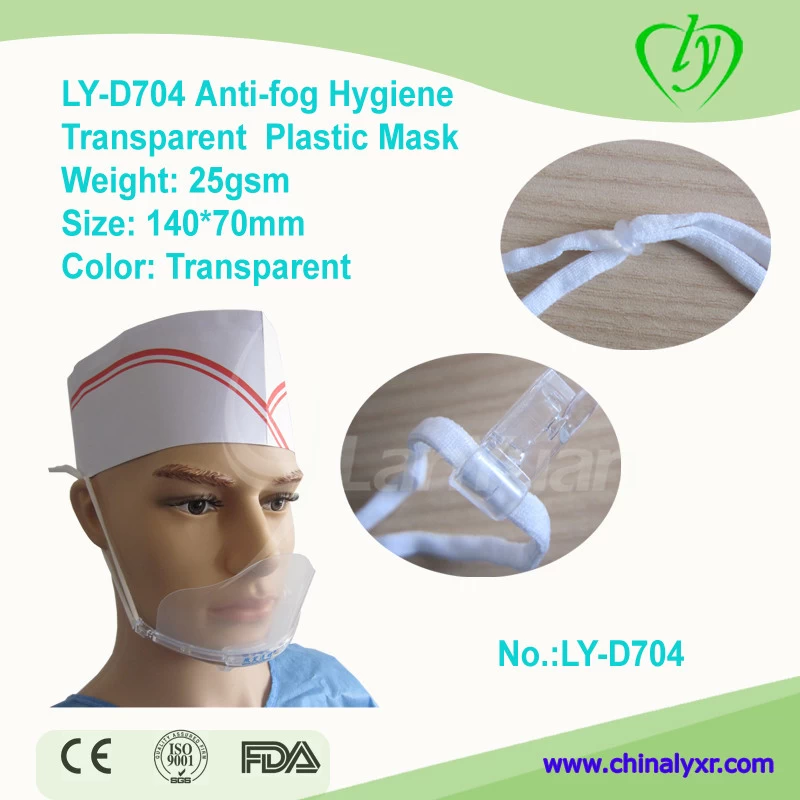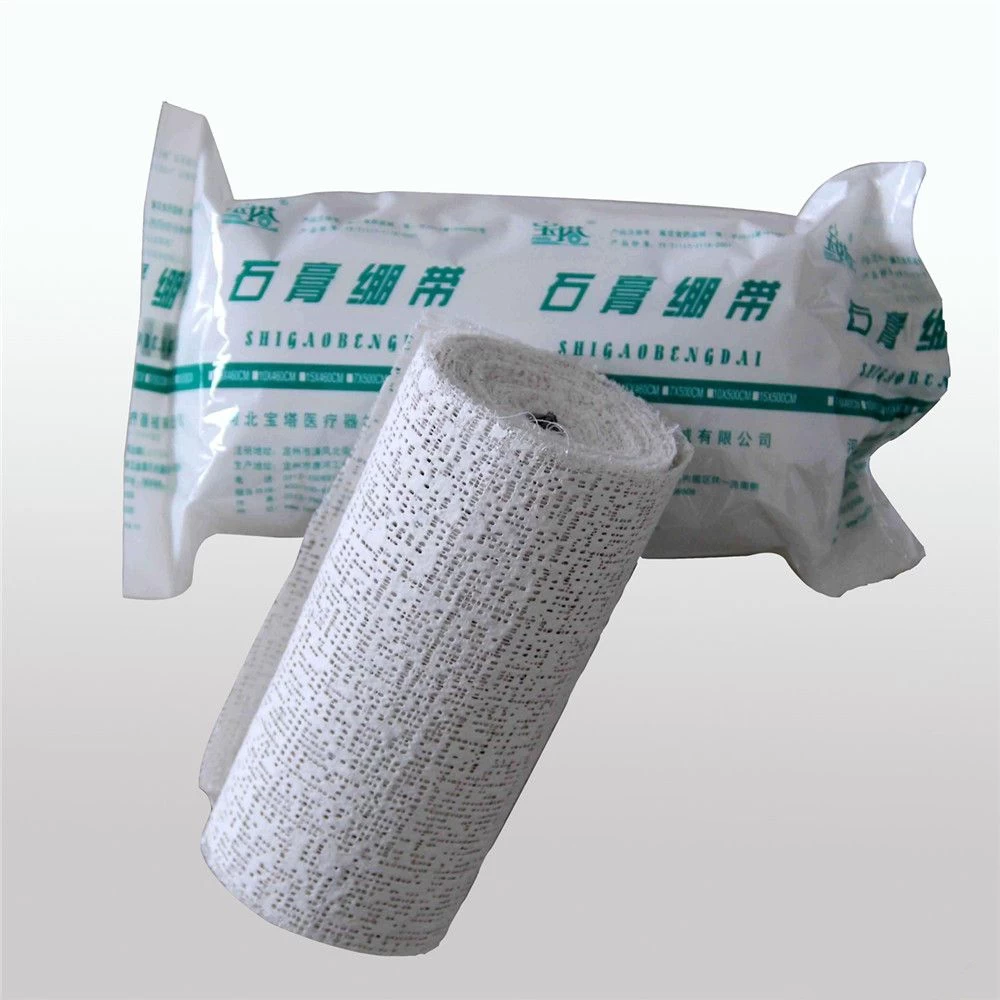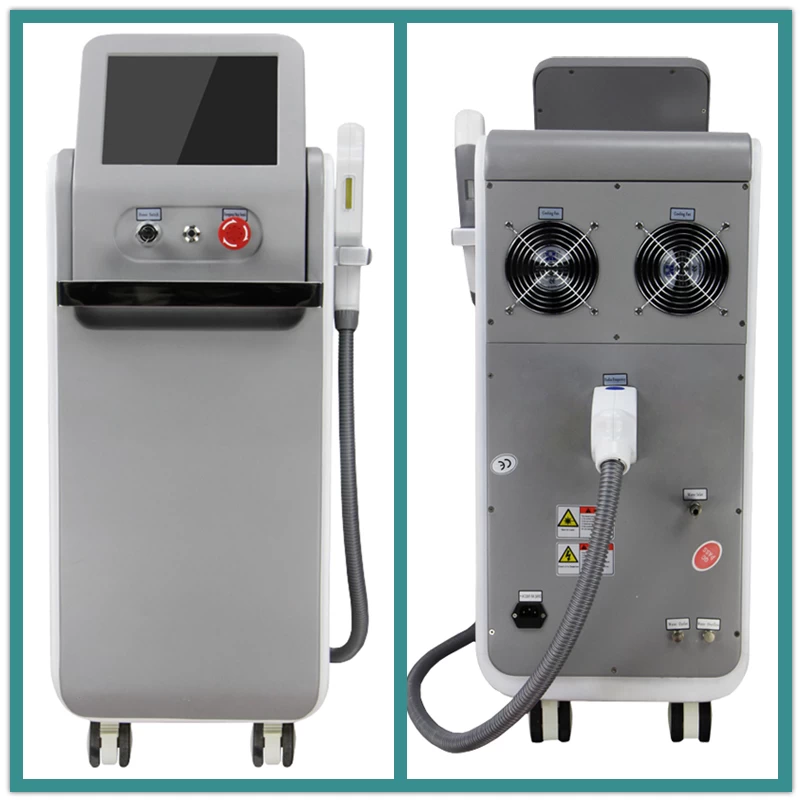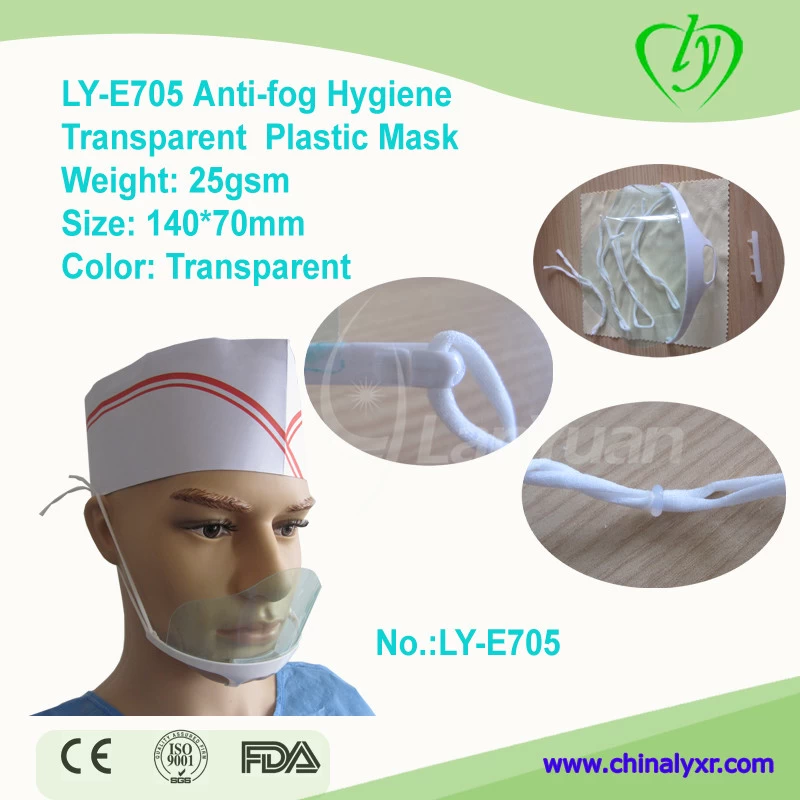The new regulations the EU textile textile companies need to look for early countermeasures
http://www.31wfb.com
2016-06-13 10:49:51
Inspection and Quarantine Bureau recently from the South China Sea, the EU recently issued Regulation No. 26 of 2016, impose restrictions on textile products in nonylphenol ethoxylates (NPE) content, the South China Sea over a hundred garment exports to the EU, interior textiles, yarn, weaving production enterprises will be affected.
According to reports, the regulations require the textiles nonylphenol ethoxylates (NPE) content shall not exceed 0.01% (100ppm). Transitional period regulations for 5 years, after the expiration of the transition, does not meet the limited requirements of the product will not be allowed in the EU market or imported.
NPE is a nonionic surfactant, having good penetration, emulsification, dispersion, in textile production process is widely used as the cleaning, washing and dyeing processes. Relevant information, NPE textile industry is the most commonly used detergents and dyeing auxiliaries, accounting for more than 80% of market share. However, NPE is recognized as a worldwide environmental hormones, persistent and bio-accumulation properties, once they are discharged into the environment will exist for a long time, and can enter the food chain, affecting the normal reproduction and development of organisms, It can lead to reduced human male sperm count. At the same time, textiles NPE Once in the environment, it will be broken down into more toxic environmental hormone --NP (NP), the decomposition of more toxic NP (NP) and other ingredients.
The impact of the new regulations on companies mainly in the following aspects: First, more than half the risk of the product will be forced out. NPE textile industry is the most commonly used detergents and dyeing auxiliaries, the market will have more than 50% of textile products will not be able to meet EU limits NPE, wherein in printing and dyeing, leather, chemical fiber and other enterprises is particularly prominent. Second, production and testing costs will be increased dramatically. Third, some textile companies will be ahead of the game.
To this end, the South China inspection and quarantine departments to remind the relevant enterprise: First, pay close attention to the implementation of EU legislation NPE dynamically track the detailed terms and regulations; the second is the timely adjustment of bleaching, scouring, dyeing and other processes, to seek alternatives to meet the relevant requirements; third is to strengthen raw materials and finished NPE content detection, avoiding transmission products than the EU limit requirements.
According to reports, the regulations require the textiles nonylphenol ethoxylates (NPE) content shall not exceed 0.01% (100ppm). Transitional period regulations for 5 years, after the expiration of the transition, does not meet the limited requirements of the product will not be allowed in the EU market or imported.
NPE is a nonionic surfactant, having good penetration, emulsification, dispersion, in textile production process is widely used as the cleaning, washing and dyeing processes. Relevant information, NPE textile industry is the most commonly used detergents and dyeing auxiliaries, accounting for more than 80% of market share. However, NPE is recognized as a worldwide environmental hormones, persistent and bio-accumulation properties, once they are discharged into the environment will exist for a long time, and can enter the food chain, affecting the normal reproduction and development of organisms, It can lead to reduced human male sperm count. At the same time, textiles NPE Once in the environment, it will be broken down into more toxic environmental hormone --NP (NP), the decomposition of more toxic NP (NP) and other ingredients.
The impact of the new regulations on companies mainly in the following aspects: First, more than half the risk of the product will be forced out. NPE textile industry is the most commonly used detergents and dyeing auxiliaries, the market will have more than 50% of textile products will not be able to meet EU limits NPE, wherein in printing and dyeing, leather, chemical fiber and other enterprises is particularly prominent. Second, production and testing costs will be increased dramatically. Third, some textile companies will be ahead of the game.
To this end, the South China inspection and quarantine departments to remind the relevant enterprise: First, pay close attention to the implementation of EU legislation NPE dynamically track the detailed terms and regulations; the second is the timely adjustment of bleaching, scouring, dyeing and other processes, to seek alternatives to meet the relevant requirements; third is to strengthen raw materials and finished NPE content detection, avoiding transmission products than the EU limit requirements.
